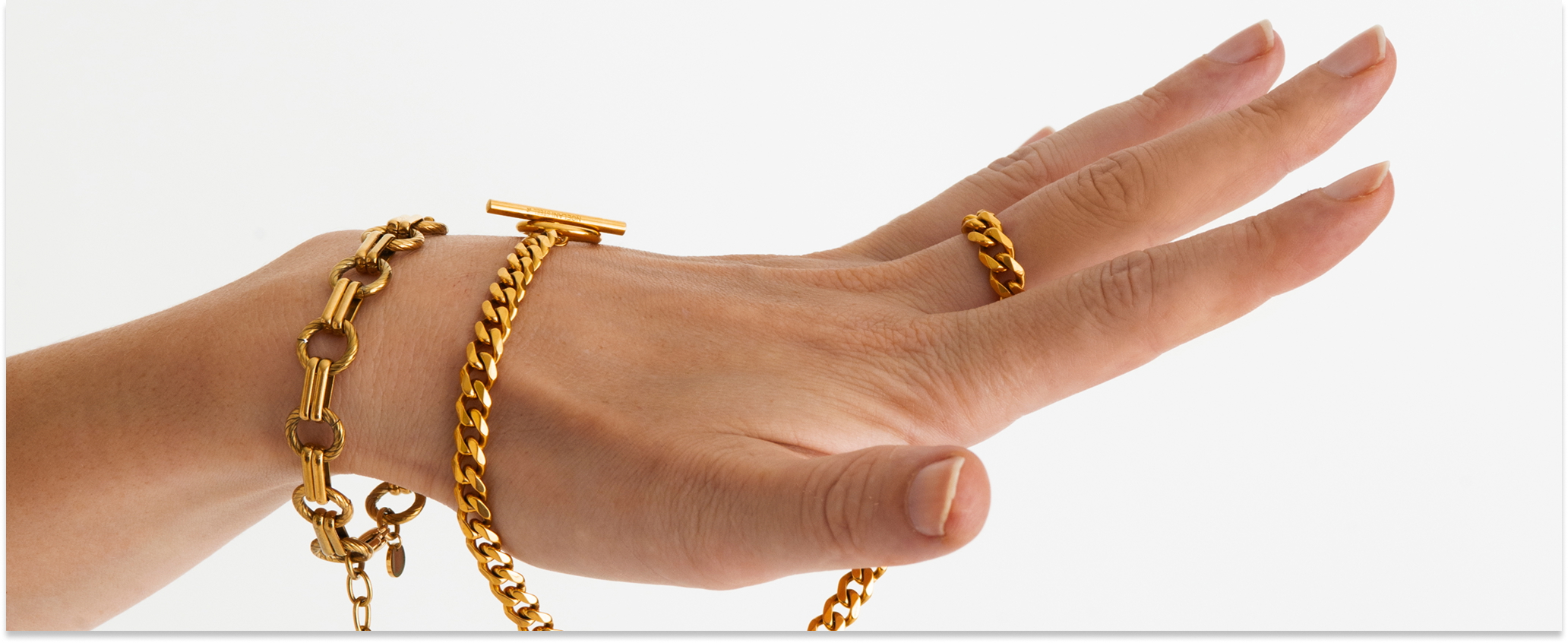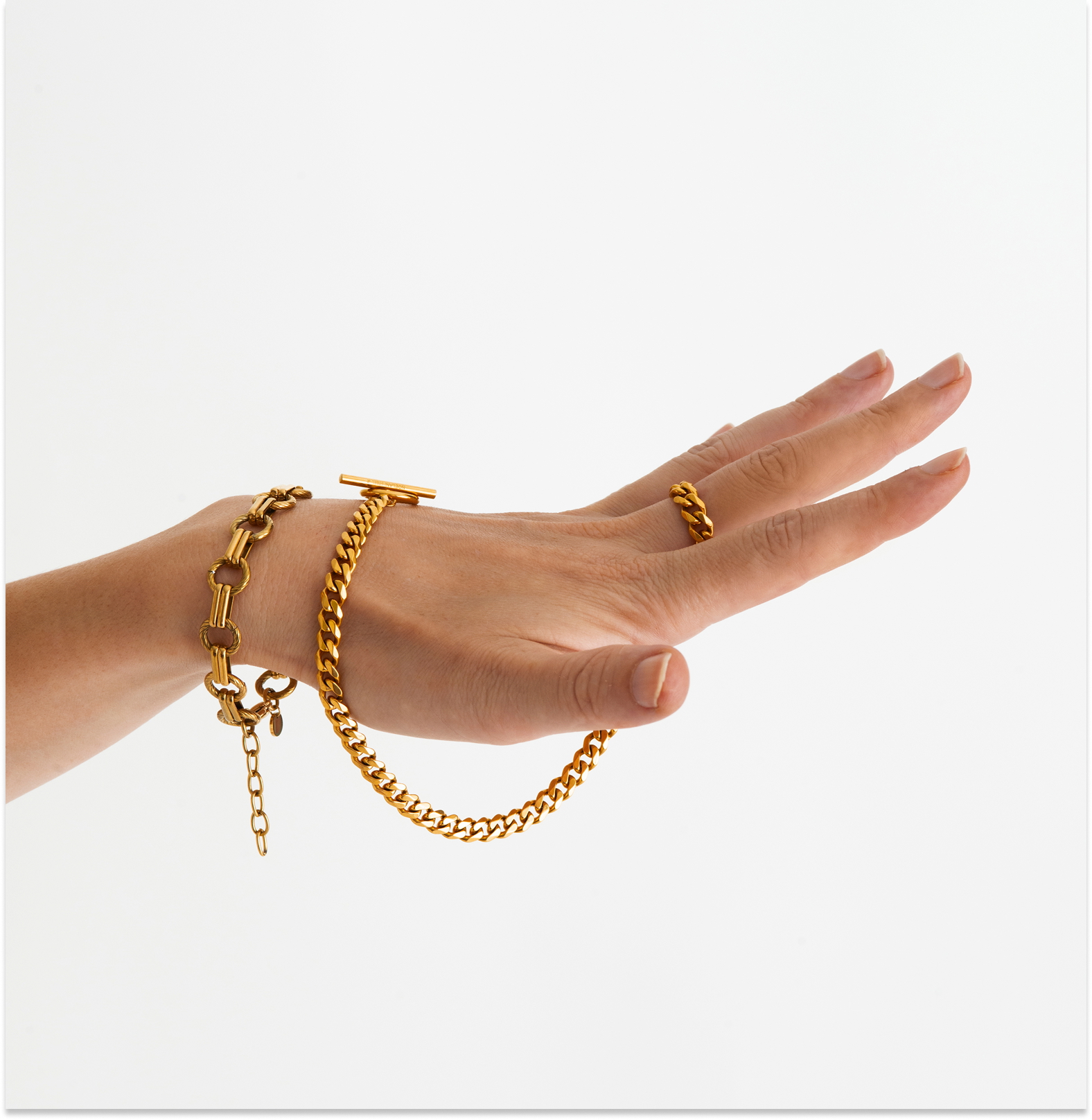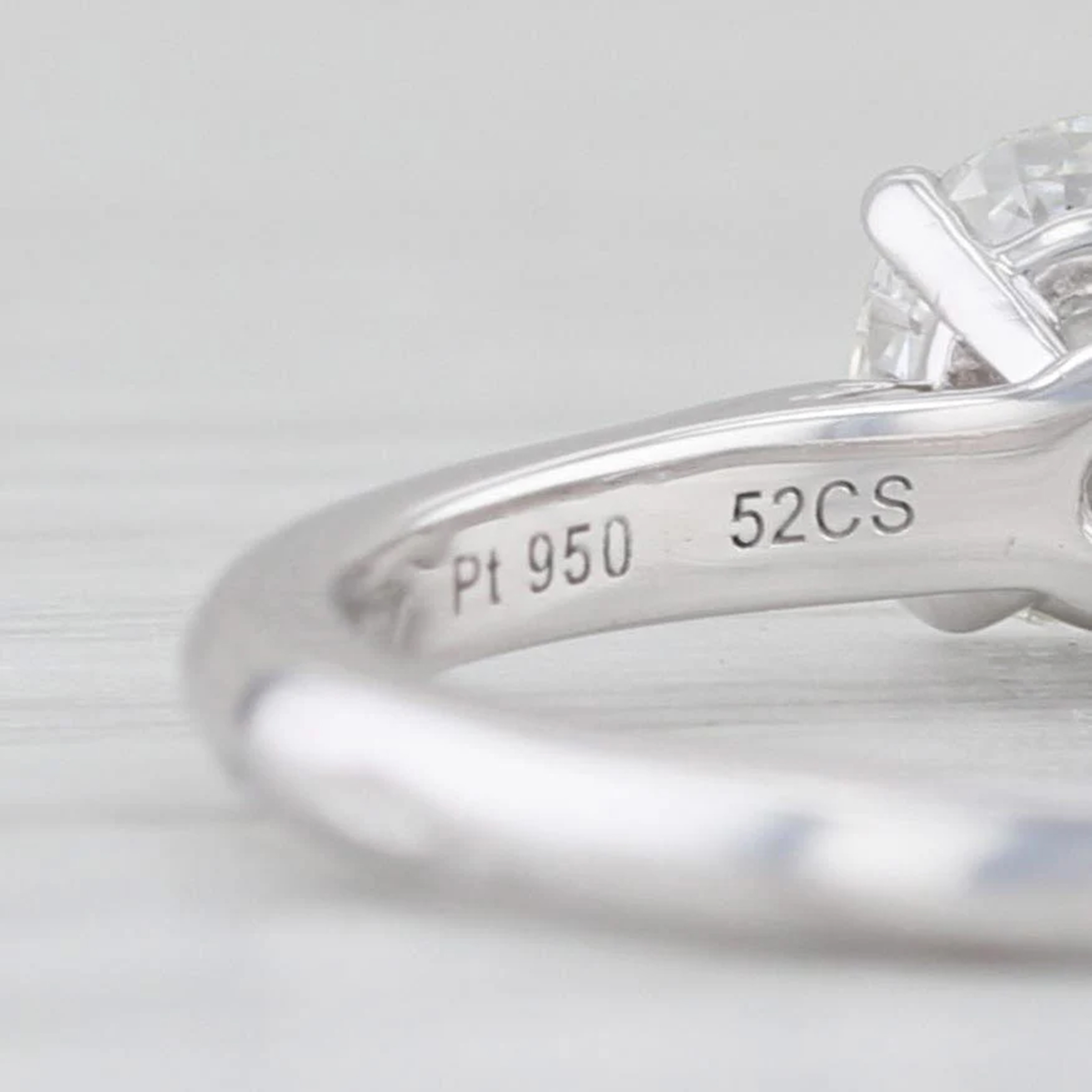Guide to Precious Metals and Hallmarks
The amount of gold, silver, or platinum in a piece of jewelry is not fixed, as the content of precious metals may vary. To determine the percentage content of the metal, jewelers use markings made up of numbers and letters that are stamped on each piece of jewelry.
This article will take a detailed look at 10K, 14K, and 18K gold, as well as platinum and silver, and explain their composition and key factors to consider when buying jewelry.
Gold Purity Marking
Gold purity is measured in thousandths, with commonly used markings being 417, 585, and 750. These numbers represent the percentage of gold in the alloy. The higher the number, the higher the proportion of gold in the product. The karat system, which is often used in jewelry, also helps estimate the purity of gold, with 24K (karats) representing pure gold. However, it's important to note that gold in jewelry is usually combined with other metals to increase durability and strength.
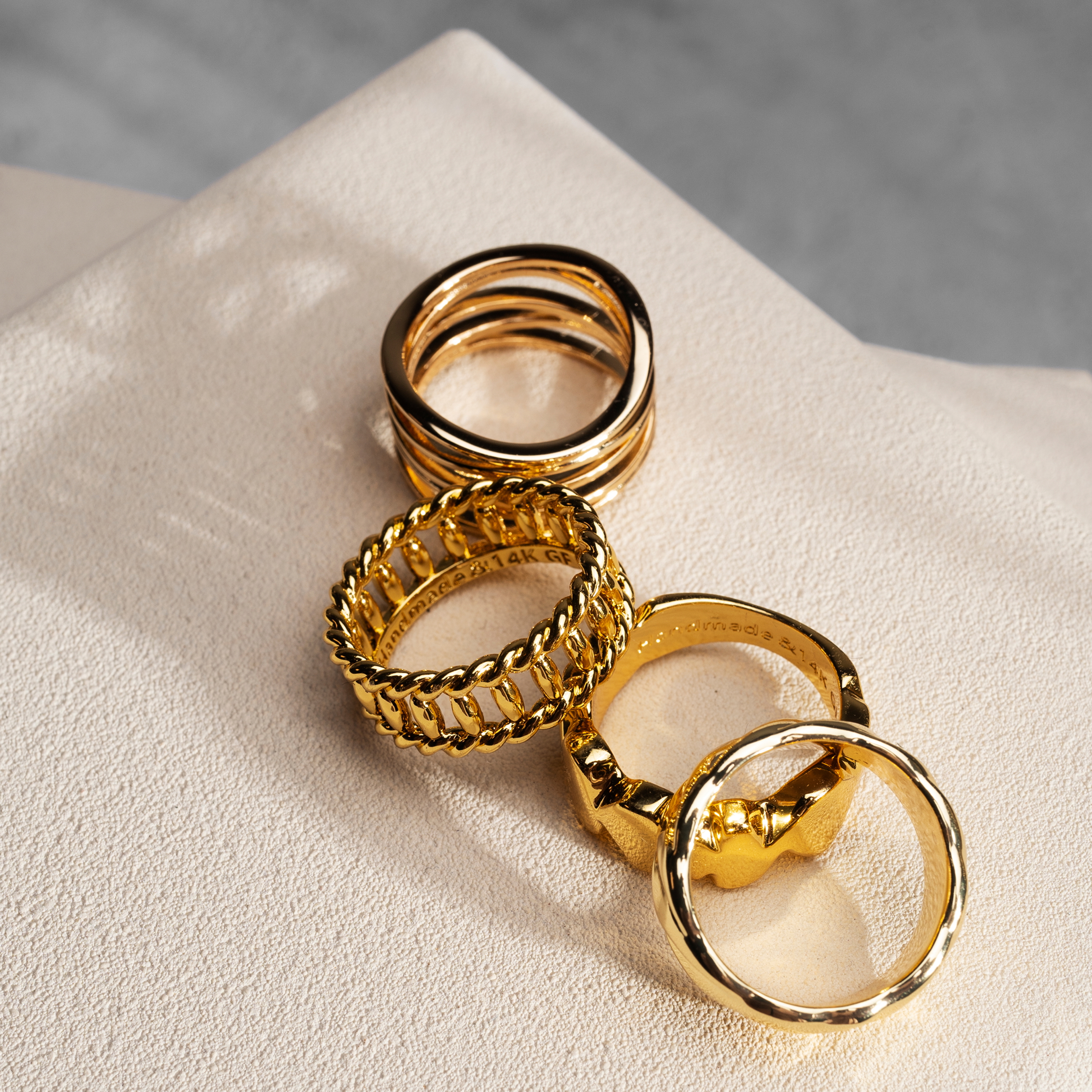
Gold
- 417 (10K) – 41.7% gold, ideal for affordable jewelry.
- 585 (14K) – 58.5% gold, a balanced choice between quality and price.
- 750 (18K) – 75% gold, high quality with a richer color.
Pure gold is 24K, so the karat system reflects the content of gold in 24 parts. For example, 10K gold (10/24) means approximately 41.7%, marked as 417. The remaining part is made up of other metals such as copper, zinc, silver, platinum, palladium, or nickel.
The price of jewelry depends on both the gold content and the alloy material used.
Silver and Platinum Purity Marking
Similarly to gold, the purity of silver and platinum is measured in thousandths, with the standard markings indicating the content of the precious metals. The higher the number, the higher the percentage of pure metal in the alloy.
Silver
- Sterling Silver (925) – 92.5% pure silver, the remaining 7.5% is usually copper or other metals to increase durability. Commonly used for high-quality, durable jewelry.
- Fine Silver (999) – 99.9% pure silver, softer and more prone to scratching, often used for investment or collectible pieces.
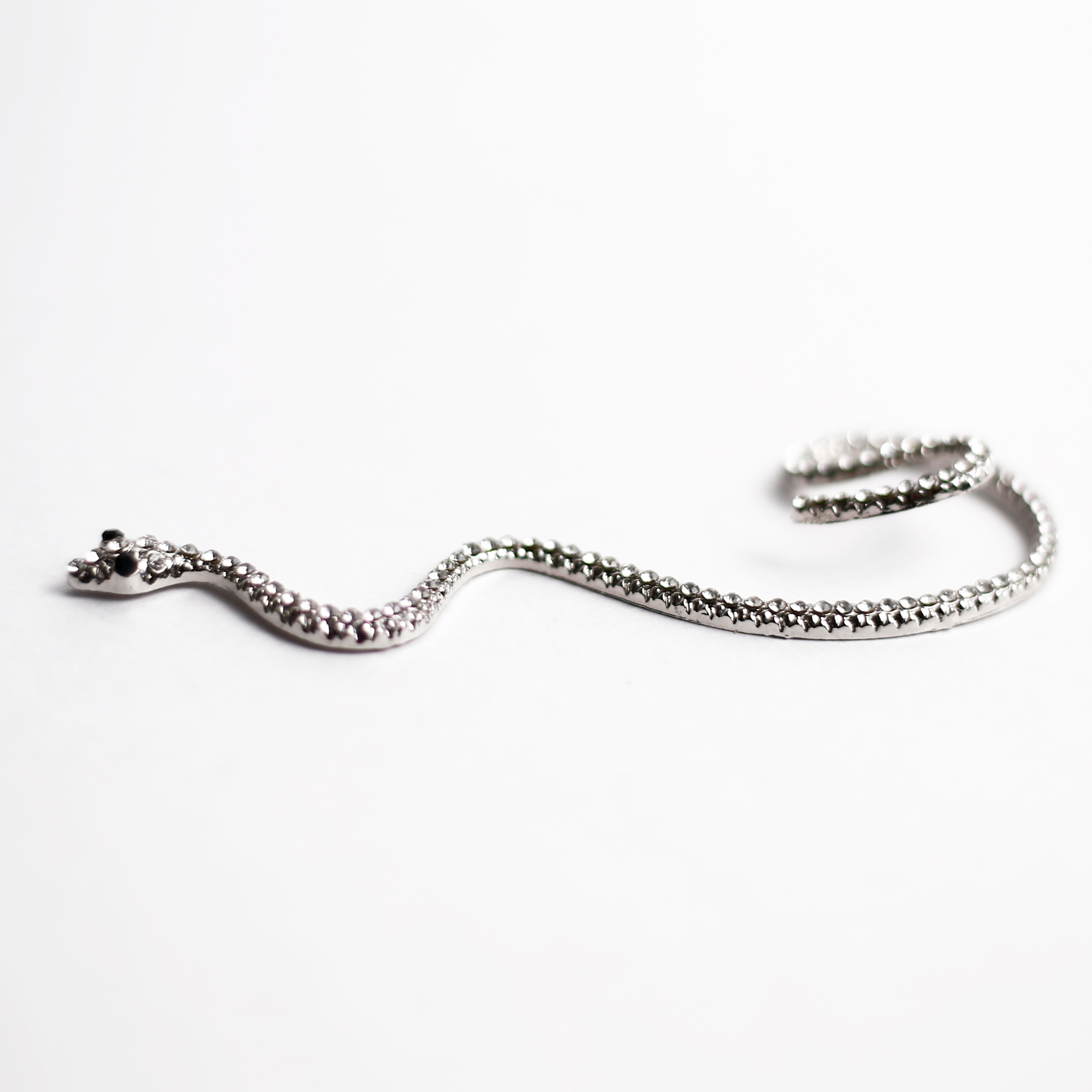
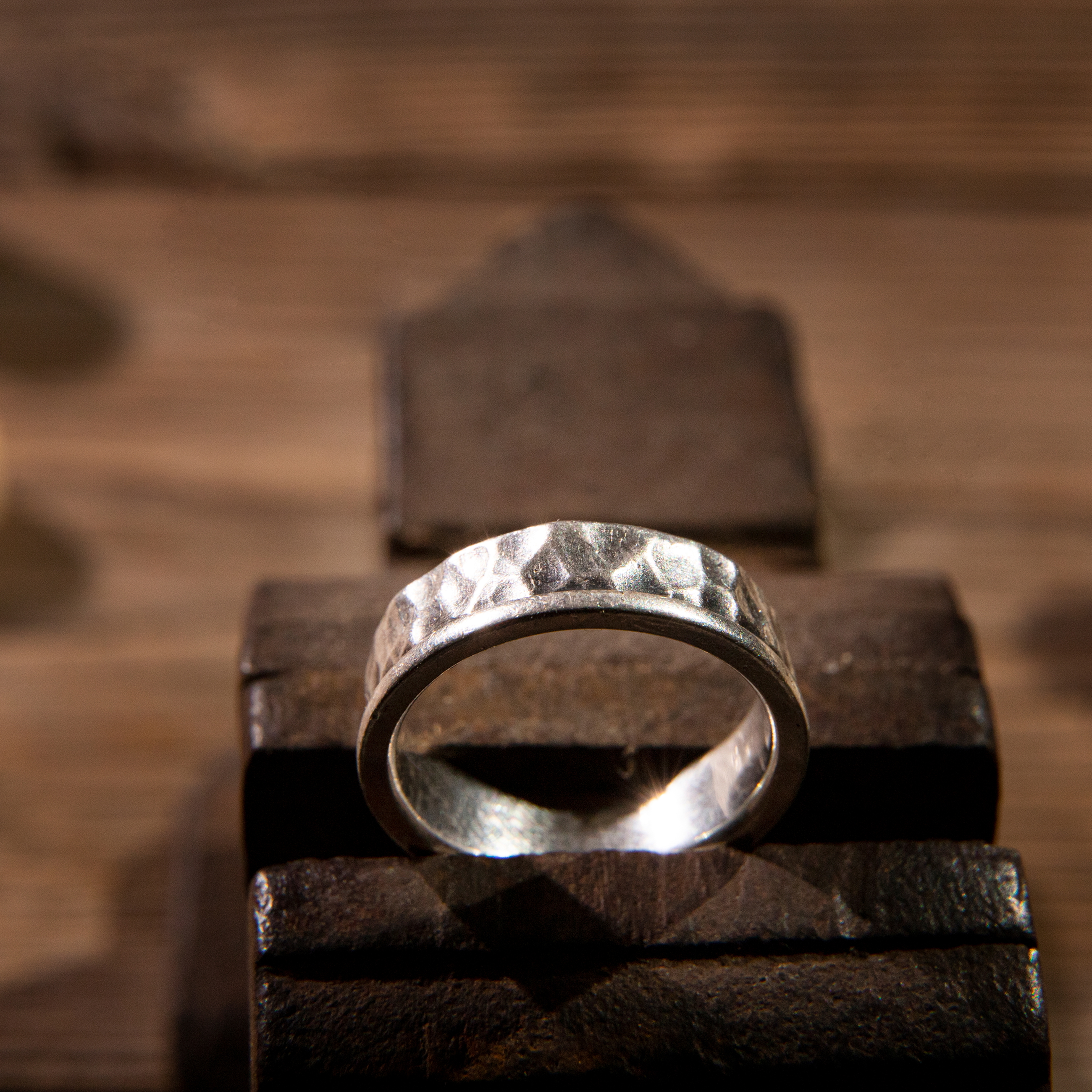
Platinum
Platinum is an exceptionally durable and dense metal, widely used in jewelry. Its purity is also marked in thousandths:
- Platinum 950 – 95% pure platinum, alloyed with metals such as iridium, ruthenium, or cobalt to increase durability. Typically harder due to the higher content of alloyed metals, durable, and of high quality.
- Platinum 900 – 90% pure platinum, somewhat harder due to the higher content of alloyed metals. Rarer and more durable, often used in luxury jewelry.
The price of silver and platinum depends on purity, weight, and market value, with platinum typically being more expensive due to its rarity and durability. Both silver and platinum are valued not only for their beauty but also for their longevity and resistance, making them ideal materials for high-quality jewelry. Platinum is usually more expensive than silver due to its rarity and superior durability.
Quality Marking
Quality marking is a system used to identify the purity, origin, and authenticity of precious metals. When gold is measured in thousandths, not in karats, the number is always marked along with an official control mark. Additionally, the marking includes a standard symbol known as the Common Control Mark (CCM), which confirms that the jewelry meets the established purity standards. These marks are as important as the gold content marking itself.
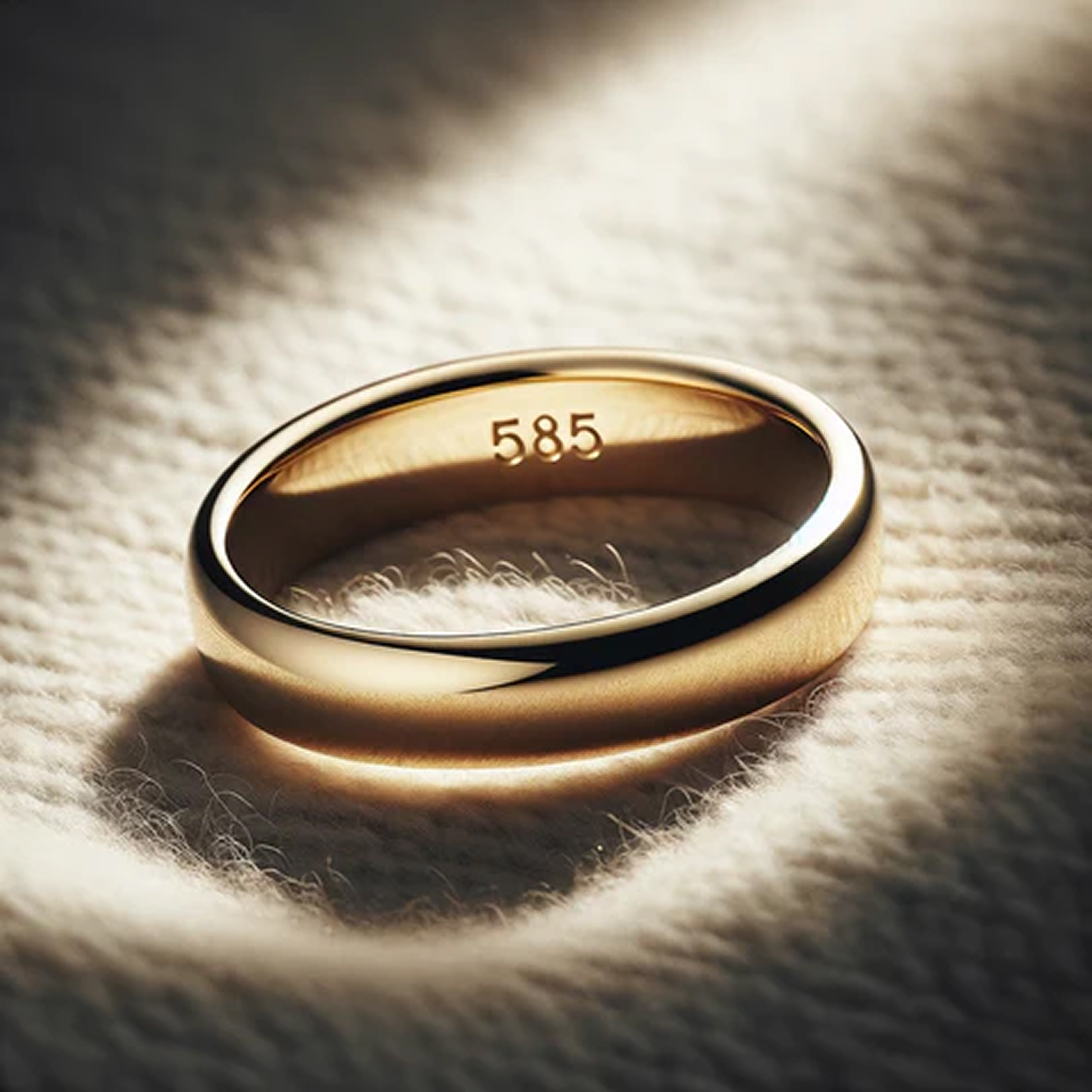
Gold Marking
In the case of gold, the quality marking often has a specific shape that helps identify the metal used. The number inside indicates the purity of the gold in thousandths. Both the shape and the number are defined by EU standards and serve for quick identification of both the metal and its quality.
- Gold 10K (417) – marked as "417" in an elongated octagon, which means 41.7% pure gold.
- Gold 14K (585) – marked as "585" in an octagon, which indicates 58.5% gold content.
- Gold 18K (750) – marked as "750" in the same octagonal shape, which means 75% pure gold.
In addition to the quality marking, there may also be other markings on jewelry that provide important information about the origin and authenticity of the piece:
- Manufacturer's mark – a unique symbol or initials that identify the specific jeweler or company that made the jewelry.
- Assay office mark – an official hallmark that confirms the jewelry has been tested and meets the legislative requirements for precious metal content in the given country (mandatory in the EU).
- Year mark – found in some countries, indicating the year the jewelry was tested or hallmarked (e.g., in Austria, Germany, or Switzerland).
- State assay mark – a symbol of the country in which the jewelry was tested and marked (e.g., the head of an eagle, a lion, the EU country number, etc.).
All of these marks enhance the credibility of the jewelry and help customers easily verify its quality, authenticity, and origin.
Platinum Marking
Platinum jewelry also has purity and assay markings:
- Platinum 900 (900Pt or Pt900) – means 90% pure platinum.
- Platinum 950 (950Pt or Pt950) – means 95% platinum content, often used in luxury jewelry.
Platinum assay marks may include the symbol “Pt” or a rectangle with rounded corners, indicating the type of metal.
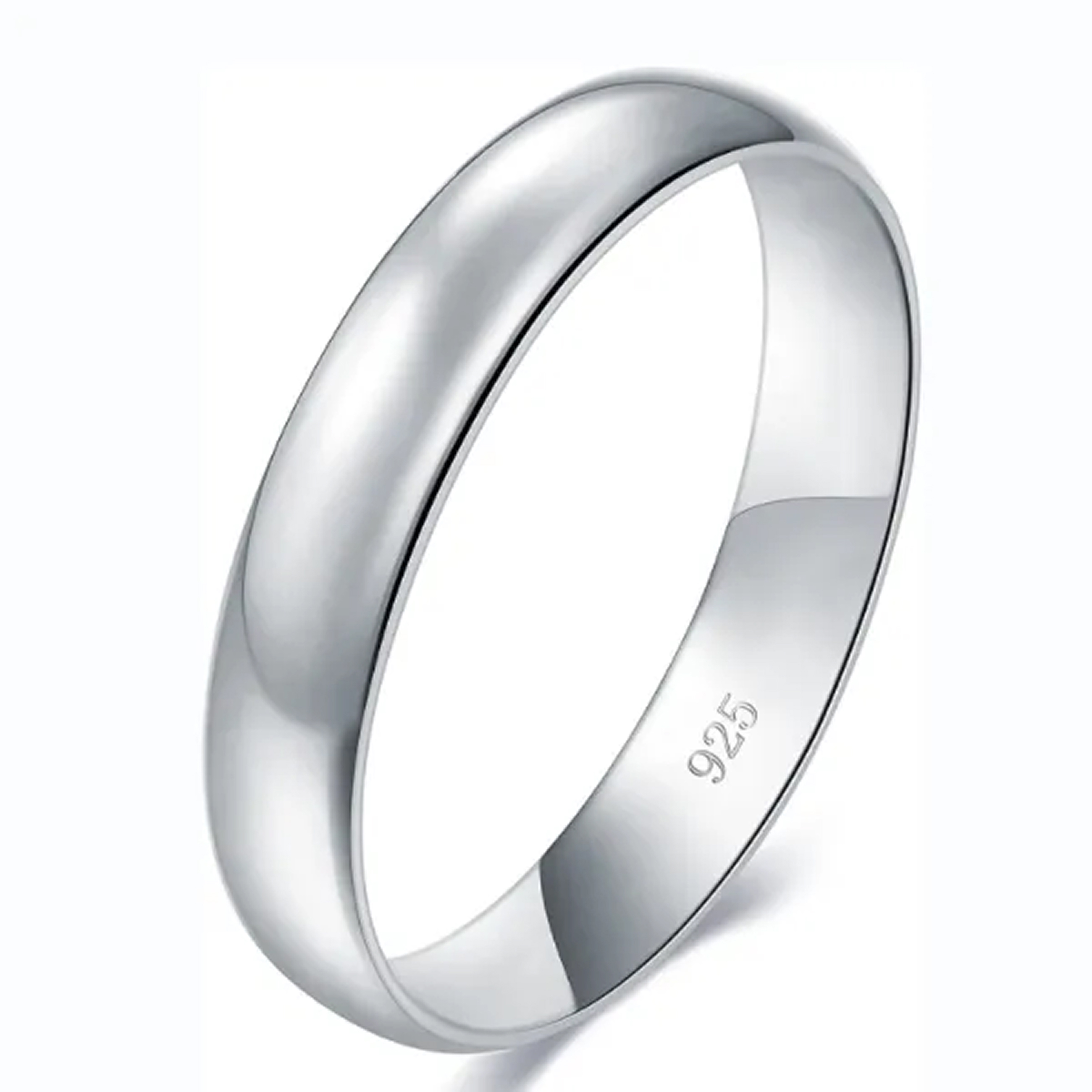
Silver Marking
Silver is marked similarly, with standard purity levels being:
- Silver 925 – marked “925” inside an oval, which means 92.5% silver content.
- Silver 999 – marked “999,” which means nearly pure silver.
Additional silver assays may include the lion (United Kingdom), crescent moon (Germany), or manufacturer’s initials – depending on the country of origin of the jewelry.
Assays help determine the quality, origin, and value of the jewelry. If you are unsure of the meaning of a marking, a quick search online or an appraisal from a jeweler will help confirm its authenticity.
At Omara, we ensure that jewelry purchases are easy and safe. We offer carefully crafted jewelry made of gold, platinum, and silver, each with certified markings that guarantee purity and the highest quality. Now that you know what these markings mean, you can shop with full confidence for gold, platinum, and silver jewelry with us!

